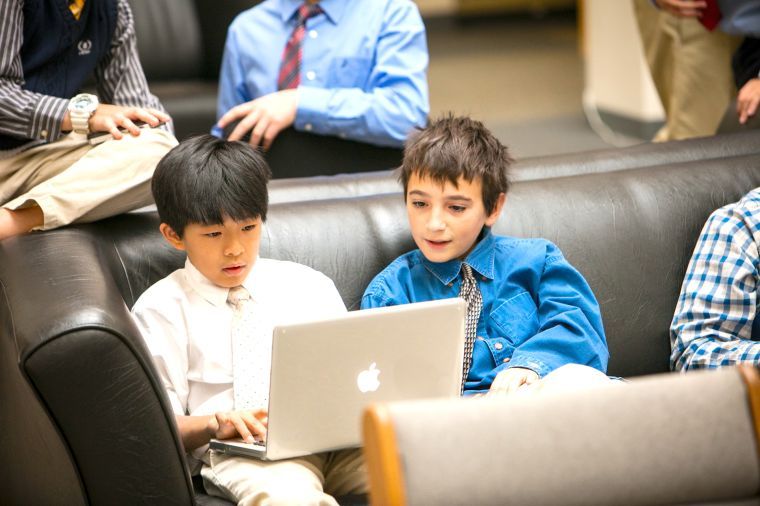At Portledge School in Locust Valley, administrators have long embraced the new reality of education with international classrooms via Skype, foreign language lessons and school trips abroad.
But as part of a campus-wide mandate on building skills for the 21st century, Portledge takes a bold next step, enrolling 18 students from Asia for the 2013-14 school year.
“There is no technological substitute for personal contact, and although our students are well versed in – and employ – technology for maximum connectivity, we feel that to really have an international outlook, the school environment needs to reflect that,” said Simon Owen-Williams, head of school.
During the past year, the global initiative at Portledge has brought in students from Europe and Asia, as well as educators from Egypt and China interested in emulating the Portledge model, which emphasizes mental agility, critical thinking, entrepreneurship, and problem-solving on a global scale.
Kim Baratoff, ESL instructor and admissions associate for international students, said that while the program is part of a national trend among independent schools to admit foreign children, Portledge, unlike others, is purposefully selective and requires a greater degree of English fluency from its Chinese applicants, whose goal is to assimilate fully.
“They actually seek out schools that don’t have too many other Chinese students,” said Baratoff, “and at Portledge they are expected to engage with their classmates in group problem-solving in the classroom.”
The biggest challenge for the foreign students is the first couple of months at school when they are separated from their parents, sometimes for the first time, living in host households and still improving their language skills. Baratoff, who initially acts as surrogate mother, best friend and language teacher, reports that beyond this initial adjustment period, the Chinese teens, who have excellent study habits, have thrived in the Portledge environment. The primary difference is the small class sizes, extra-curricular activities, and a curriculum tailored to the individual.
Owen-Williams believes that nurturing these traits is only possible with an educational philosophy that puts students front and center and engages them to think for themselves and communicate effectively. It stands in stark contrast with the Chinese educational system, in which the teacher is authoritarian, the study hours long and the class sizes can number 50 students.
But once they arrive it is apparent the Chinese teens are not so different from their American counterparts: they have dealt with bullying, they are interested in technology, and they want to get into a good college and make their parents proud.
“A huge motivator is getting into an Ivy League school,” said Baratoff. The students also possess a tremendous work ethic which they have channeled into extra-curricular and community service projects, like tutoring elementary schoolers in Mandarin. One of the American students at Portledge even spent a portion of last summer living in China with his classmate’s family. Global sleep-overs? Maybe. But one thing is clear: the world is not just changing, it has already changed for a new generation of world citizens at Portledge School.”



